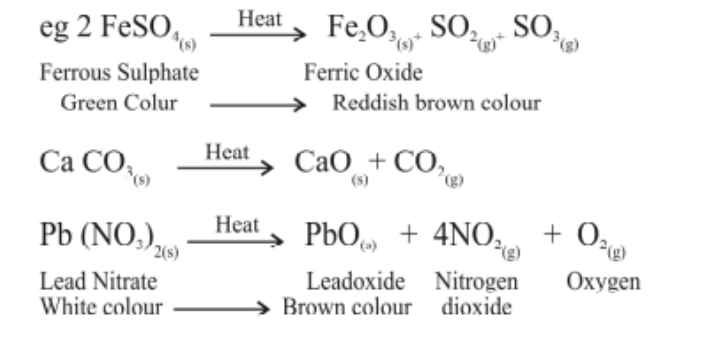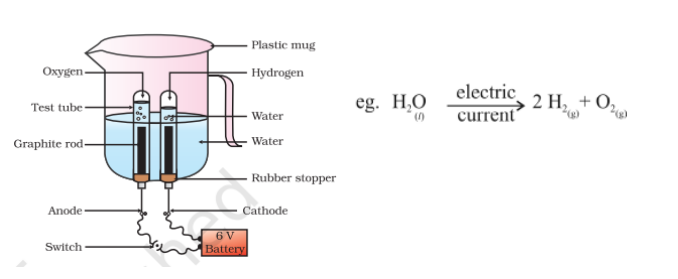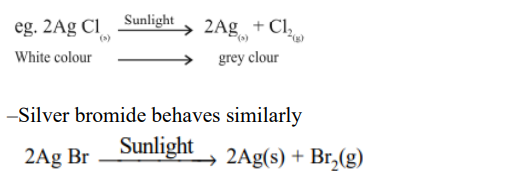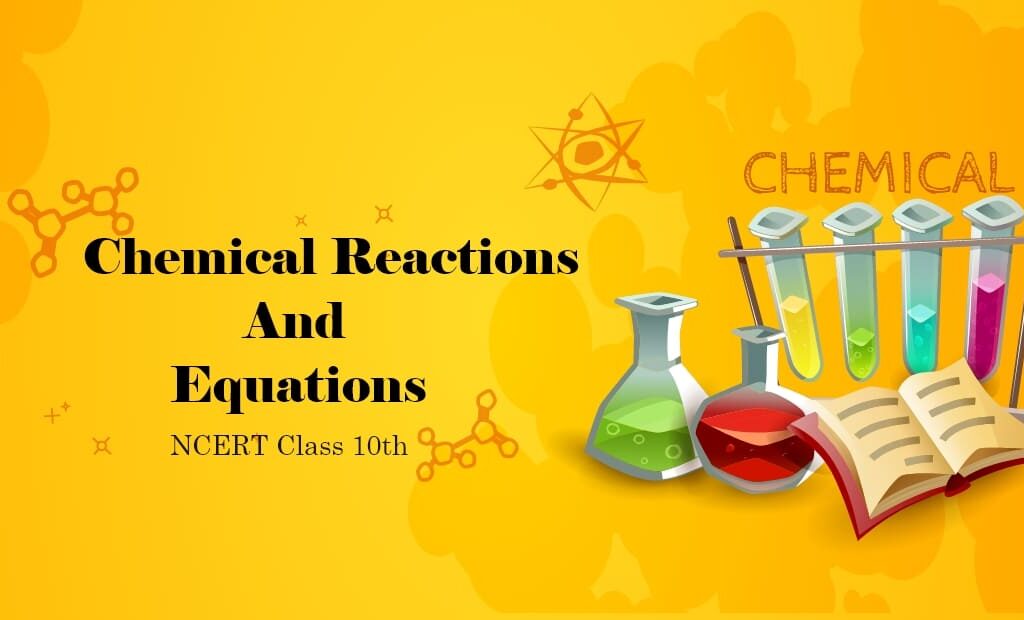Chemical reactions are a fundamental concept in the study of Science, and understanding them is crucial for students taking the NCERT Class 10 Science curriculum. At their core, chemical reactions involve the rearrangement of atoms and molecules to create new substances.
A variety of indicators, such as changes in color, temperature, or the formation of gas bubbles, identify chemical reactions. In order to describe and analyze these reactions, scientists use chemical equations, which are shorthand notations that show the reactants and products involved in a reaction.
Balancing chemical equations is a key skill that students must develop, as it ensures that the equation accurately reflects the stoichiometry of the reaction. This involves ensuring that the number of atoms of each element is equal on both sides of the equation.
Chemical Reactions Definition
A chemical reaction is a process that involves the rearrangement of atoms or molecules to create new substances with different properties than the original materials.
example
– Food gets digested in our body
–Rusting of iron.
Types of Chemical Reactions
- Combination
- Decomposition
- Single Displacement
- Double displacement
- Redox
- Endothermic
- Exothermic
- Precipitation
- Neutralization
Explain Chemical Equation
A chemical reaction can be expressed symbolically by using a chemical equation
eg magnesium is burnt into the air to form magnesium oxide can be represented as
Mg + O2 → MgO
We can observe or recognize a chemical reaction by observing the change in
state, color, by the evolution of gas, or by a change in temperature.
➢ Physical state of the reactant and products are mentioned to make
the chemical reaction is more informative.
eg We use (g) for gas, (I) for liquid, (s) for solid, and (aq) for aqueous
Balancing Equation
We balance the chemical equation so that no. of atoms of each element involved in the reaction remains the same on the reactant and product side.
eg Fe + H2O → Fe2O3 + H2 can be written as 3
Fe(s) + 4H2O(g) → Fe2O3(s) +4H2(g)
Decomposition Reactions
The reaction in which a single substance decomposes to give two or more substances. Decomposition reactions can be of three types
Thermal Decomposition:– When a decomposition reaction is carried out by heating

Electrolytic Decomposition:– When a decomposition reaction is carried out by electric current,

Photolytic Decomposition:– When a decomposition reaction is carried out by light,

Double Displacement Reaction: The reaction in which two different atoms or group of atoms is mutually exchanged

A white substance is formed due to the above reaction. The insoluble substance is called a precipitate.
Precipitation Reaction – Any reaction that produces a precipitate is called a precipitation reaction.

Oxidation: Oxidation is the gain of oxygen or loss of hydrogen

When Copper is heated a black color appears. If this CuO is reacted with hydrogen gas then again Cu becomes brown as the reverse reaction takes place.

Balancing of a Chemical Reaction
Law of Conservation of Mass
The Law of Conservation of Mass is a fundamental principle in Science that states that in a closed system, the total mass of the system remains constant and is not affected by any physical or chemical changes that take place within the system.
This means that in any chemical reaction, the total mass of the reactants is equal to the total mass of the products. In other words, mass can neither be created nor destroyed in a chemical reaction, but can only be rearranged or transformed from one form to another.
The Law of Conservation of Mass is a key concept in the study of chemistry and is used to understand and analyze various chemical reactions.
Also read: Is CBSE 2024 Board Cancelled?
FAQS
A: Chemical reactions involve the rearrangement of atoms and molecules to create new substances.
A: Chemical reactions are important to study because they have many practical applications, such as in the production of medicines, materials, and fuels. Understanding chemical reactions also helps to explain many natural phenomena.
A: You can identify a chemical reaction by using indicators, such as changes in color, temperature, or the formation of gas bubbles.
A: A chemical equation is a shorthand notation that shows the reactants and products involved in a chemical reaction.
A: Balancing chemical equations is important because it ensures that the equation accurately reflects the stoichiometry of the reaction by balancing the number of atoms of each element on both sides of the equation.
A: Some common types of chemical reactions include synthesis, decomposition, combustion, single replacement, and double replacement.
A: Stoichiometry is the calculation of the quantities of reactants and products involved in a chemical reaction based on the balanced chemical equation.
The following factors can influence chemical reaction
>temperature,
>pressure,
> The concentration of reactants,
>catalysts, and inhibitors.

